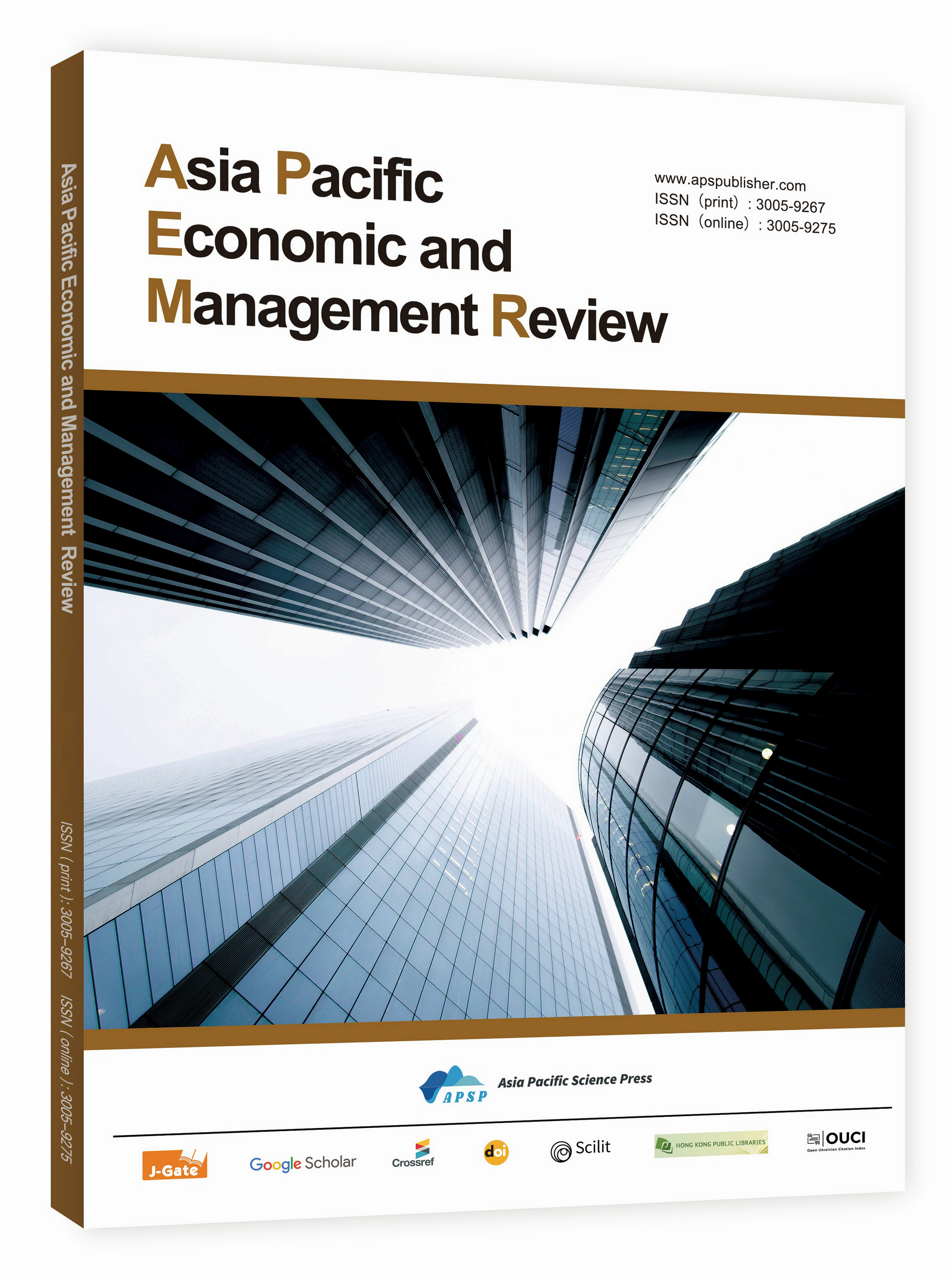Innovation and Entrepreneurship Education Reform in Finance and Economics Universities: A Study Based on Internet+ Era
DOI:
https://doi.org/10.62177/apemr.v1i6.94Keywords:
Innovation and Entrepreneurship Education, Finance and Economics Universities, "Internet ", Influencing Factors, Reform StrategiesAbstract
This study investigates the determinants of innovation and entrepreneurship education and the challenges of its reform in finance and economics universities in Guangdong Province, China, within the context of the "Internet+" era. Surveys, interviews, and case analyses were employed to pinpoint barriers to enhancing innovation and entrepreneurship education. The findings indicate challenges including outdated educational paradigms, inadequate faculty resources, fragmented curricula, underdeveloped practical platforms, and flawed evaluation and incentive mechanisms. This paper outlines reform strategies, such as optimizing the educational framework, establishing a "dual-qualification" mentor team, transforming practical teaching models, fostering an innovation and entrepreneurship culture, and strengthening practical training management. These strategies provide theoretical and practical guidance for advancing reform in innovation and entrepreneurship education within finance and economics universities.
Downloads
References
Vesper, K. H., & Gartner, W. B. (1997). Measuring progress in entrepreneurship education. Journal of Business Venturing, 12(5), 403-421. DOI: https://doi.org/10.1016/S0883-9026(97)00009-8
Fayolle, A. (2013). Personal views on the future of entrepreneurship education. Entrepreneurship & Regional Development, 25(7-8), 692-701. DOI: https://doi.org/10.1080/08985626.2013.821318
Nabi, G., Liñán, F., Fayolle, A., Krueger, N., & Walmsley, A. (2017). The impact of entrepreneurship education in higher education: A systematic review and research agenda. Academy of Management Learning & Education, 16(2), 277-299. DOI: https://doi.org/10.5465/amle.2015.0026
Zhang, Y. J., Cai, Y. H., & Liang, H. M. (2022). An exploration of higher education innovation and entrepreneurship education reform from the perspective of the triple helix model. Educational Development Research, 42(4), 76-83.
Chen, Y. Y. (2022). Research on higher education innovation and entrepreneurship education system from the perspective of actor-network theory. Higher Education Management, 16(3), 104-112.
Zhao, D. D. (2024). Pathways for innovation and entrepreneurship education in higher education. Journal of Shanxi University of Finance and Economics, 46(S2), 266-268.
Luo, G. X., Xing, H., & Xie, X. (2024). Openness and concentration: An analysis of the cultivation model of innovative and entrepreneurial talent in China's "double first-class" universities. China Higher Education, 2024(11), 51-55.
Lee, J. J., & Hammer, J. (2011). Gamification in education: What, how, why bother? Academic Exchange Quarterly, 15(2), 146.
Turner, T., & Gianiodis, P. (2018). Entrepreneurship unleashed: Understanding entrepreneurial education outside of the business school. Journal of Small Business Management, 56(1), 131-149. DOI: https://doi.org/10.1111/jsbm.12365
Alnajjar, H., & Al-Humaidi, S. (2021). A systematic review on entrepreneurship education research in higher education institutions. Entrepreneurship Education, 4, 105-124.
Downloads
How to Cite
Issue
Section
License
Copyright (c) 2024 Weiwei Li, Teng Long

This work is licensed under a Creative Commons Attribution-NonCommercial 4.0 International License.
















